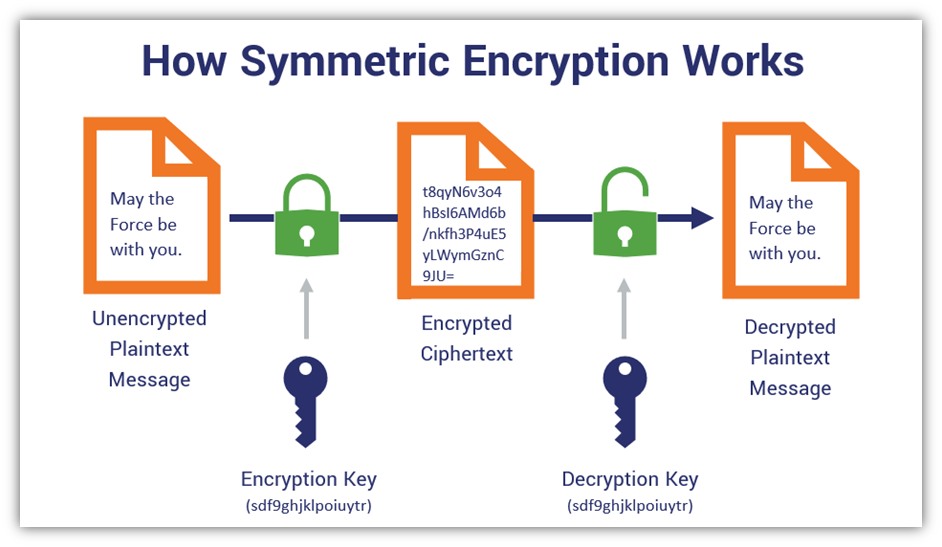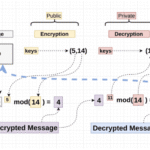In the digital realm, the concept of encryption keys resembles a double-edged sword, simultaneously offering robust security while challenging the dynamics of trust. Just as a king entrusts his royal secrets to a select few through intricate passageways unknown to the unworthy, organizations must meticulously choose methods to distribute their encryption keys securely. Below, we delve into the quintessential techniques for distributing encryption keys, each shedding light on the balance between accessibility and security, akin to navigating a labyrinth.
1. Key Distribution Centers (KDC)
Key Distribution Centers act like vigilant sentinels, overseeing the secure exchange of encryption keys among multiple entities within a network. They centralize the process, issuing unique keys to clients as needed, much like a castle gatekeeper scrutinizing each request for entry. Upon establishing a secure session, clients communicate through a trusted KDC, which generates temporary session keys. This symbiotic relationship mitigates the risks associated with key exchanges but can become a single point of failure if compromised. Therefore, the architecture of the KDC must be robust and resilient against potential breaches.
2. Public Key Infrastructure (PKI)
Imagine a grand establishment where every visitor carries a unique key. Public Key Infrastructure operates on this principle, utilizing a combination of public and private keys alongside trusted Certificate Authorities. The public key acts as an open invitation, while the private key remains a closely guarded secret. Through the process of digital signatures and certificates, PKI establishes trust across vast, decentralized networks much like travelers relying on their respective notaries to authenticate identities. However, an efficient PKI necessitates rigorous management and validation protocols to thwart impersonation attacks, akin to a royal guard ensuring that only the rightful lord is granted an audience.
3. Diffie-Hellman Key Exchange
The Diffie-Hellman Key Exchange kicks off much like an elaborate dance between two partners who, despite being in different ballrooms, eventually meet in perfect synchrony. This cryptographic protocol allows two parties to generate a shared secret over an unsecured channel. By employing modular arithmetic and the concept of prime numbers, they conduct a ballet of exchanges, manipulating their values yet never revealing their private keys. This elegant technique is foundational to secure communications but entails a degree of vulnerability if the participants can be intercepted, mirroring the risk of failing to properly disguise one’s secrets in a crowded marketplace.
4. Secure Sockets Layer (SSL) and Transport Layer Security (TLS)
Secure Sockets Layer and its successor, Transport Layer Security, form the digital scaffolding of today’s internet. These protocols not only encrypt data during transmission but also securely distribute keys. Acting like an unbreakable vault, SSL/TLS fundamentally transforms individual client-server communications into a fortress of privacy. By initiating a handshake mechanism that establishes connection parameters and session keys, it prevents eavesdroppers from deciphering essential transmissions. However, reliance on SSL/TLS mandates regular audits and updates to safeguard against emerging vulnerabilities—much like maintaining the integrity of a timeless castle against the ravages of time and technology.
5. Quantum Key Distribution (QKD)
As we venture deeper into the future, Quantum Key Distribution represents a profound shift in the landscape of cryptography. Imagine a world where nature itself encrypts information, rendering eavesdropping virtually impossible. QKD leverages the principles of quantum mechanics, employing photons to carry information securely. Any attempt to intercept or observe these quantum states inevitably alters their parameters, alerting the legitimate parties of a breach. This avant-garde technique epitomizes the sophistication of modern cryptography, although it requires specialized infrastructure that can seem daunting and prohibitively expensive for many organizations.
6. Hybrid Key Distribution Mechanisms
Hybrid Key Distribution Mechanisms underline the importance of adaptability in cryptographic practices. Combining symmetric and asymmetric algorithms, this approach resembles a culinary masterpiece made from a blend of diverse ingredients—each enhancing the flavors of the other. By using asymmetric encryption for the key distribution phase and symmetric encryption for the subsequent data encryption, this method optimizes both efficiency and security. The resulting synergy not only addresses the limitations of its individual components but also illustrates the increasing demand for versatility in encryption practices, transitioning gracefully between complexity and simplicity.
Conclusion
The realm of encryption key distribution is an intricate tapestry woven from both art and science. Each technique offers unique advantages and challenges, akin to the varying strengths of different warriors in a mythical battle. As organizations strive to protect their data assets in an increasingly perilous digital landscape, understanding these methods is not just a necessity but a strategic imperative. To forge ahead in this ever-evolving cryptographic age, one must navigate the labyrinth of encryption key distribution with caution, creativity, and a steadfast commitment to security.









Leave a Comment